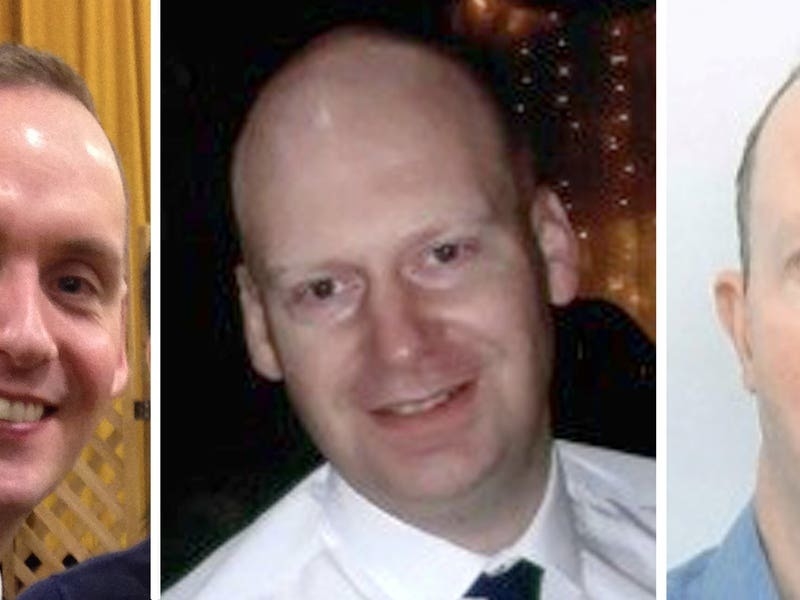A total of 532 names have now been added to the UK stem-cell register following the two-day event, which was organised by the family of Antonio Ferreira, who urgently needs a transplant.
Mr Ferreira was diagnosed with Sézary syndrome, a rare cancer, in 2017 and has been told the best chance of beating the disease is by having a stem-cell transplant.
People between the ages of 16 and 30, of Portuguese or Madeiran background, are the most likely to provide a successful match for Mr Ferreira. Organisers hope the event, held at St Thomas’ Church Welcome Centre, also helped to raise wider awareness of the register.
On Saturday 270 people registered and Sunday’s event was so well-attended that the blood cancer charity DKMS, which organised the session alongside Mr Ferreira’s wife, Osvalda, ran out of swab kits, which are used to analyse tissue type.
As a result, around 120 people, who registered online, will be sent DIY swab-testing kits.
Following this event, and last year’s public-registration initiative held by the Jersey Friends of Anthony Nolan, almost 800 Islanders have applied to be stem-cell donors since last summer.
Mrs Ferreira said: ‘We could never have imagined so much support for Tony. As well as the overwhelming generosity of the community who came along to register, we want to thank DKMS and the team of friends, family and volunteer helpers who all gave us their time and energy to make this event such a success. The local media have also been a tremendous support in getting the
message out to everyone for us.’
She added: ‘We are humbled by the care and kindness shown to us, and we hope and pray that a match will be found for Tony, and for others, through the generosity of people in Jersey. Thank you.’
Anyone aged 18-55 and in general good health can become a potential blood stem-cell donor.
Those called on to donate typically do so in a process called peripheral blood stem-cell collection, which involves having a course of injections prior to collection to stimulate the bone marrow and increase the number of stem cells and white blood cells in the body. During collection, donors will have a needle in each arm for up to five hours. There are not thought to be any lasting side-effects for the donor.






